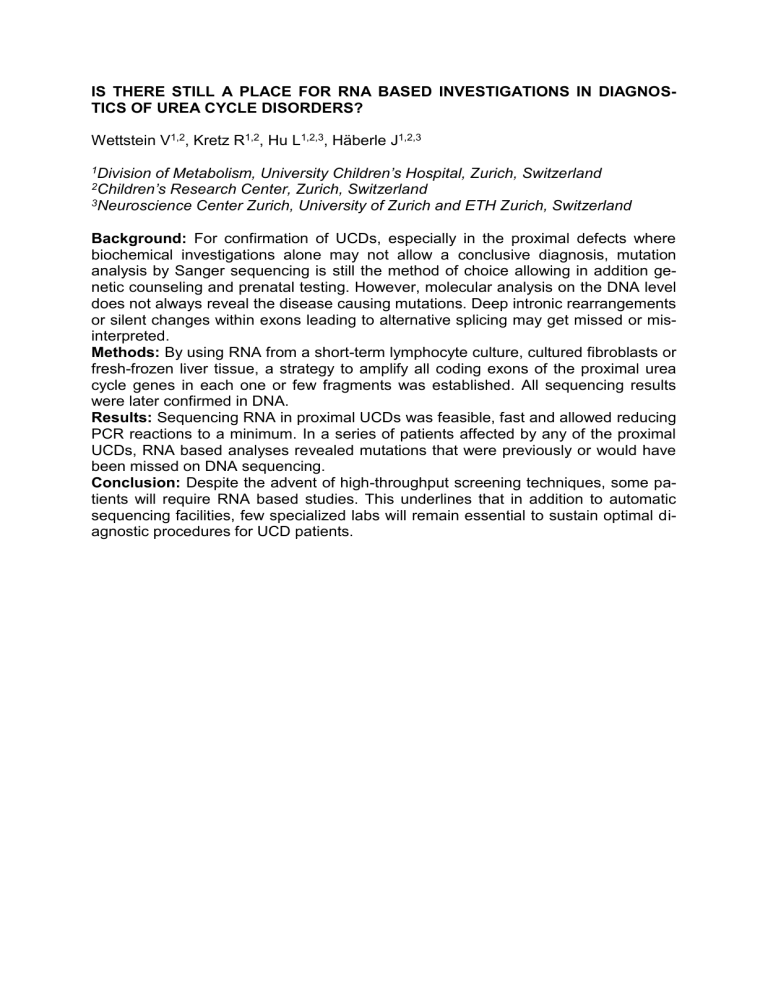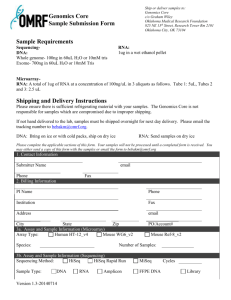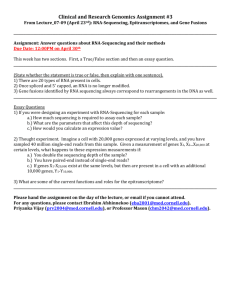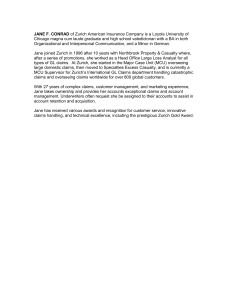Is there still a place for RNA based investigations in diagnostics of

IS THERE STILL A PLACE FOR RNA BASED INVESTIGATIONS IN DIAGNOS-
TICS OF UREA CYCLE DISORDERS?
Wettstein V 1,2 , Kretz R 1,2 , Hu L 1,2,3 , H äberle J 1,2,3
1 Division of Metabolism, University Children’s Hospital, Zurich, Switzerland
2 Children’s Research Center, Zurich, Switzerland
3 Neuroscience Center Zurich, University of Zurich and ETH Zurich, Switzerland
Background: For confirmation of UCDs, especially in the proximal defects where biochemical investigations alone may not allow a conclusive diagnosis, mutation analysis by Sanger sequencing is still the method of choice allowing in addition genetic counseling and prenatal testing. However, molecular analysis on the DNA level does not always reveal the disease causing mutations. Deep intronic rearrangements or silent changes within exons leading to alternative splicing may get missed or misinterpreted.
Methods: By using RNA from a short-term lymphocyte culture, cultured fibroblasts or fresh-frozen liver tissue, a strategy to amplify all coding exons of the proximal urea cycle genes in each one or few fragments was established. All sequencing results were later confirmed in DNA.
Results: Sequencing RNA in proximal UCDs was feasible, fast and allowed reducing
PCR reactions to a minimum. In a series of patients affected by any of the proximal
UCDs, RNA based analyses revealed mutations that were previously or would have been missed on DNA sequencing.
Conclusion: Despite the advent of high-throughput screening techniques, some patients will require RNA based studies. This underlines that in addition to automatic sequencing facilities, few specialized labs will remain essential to sustain optimal diagnostic procedures for UCD patients.




